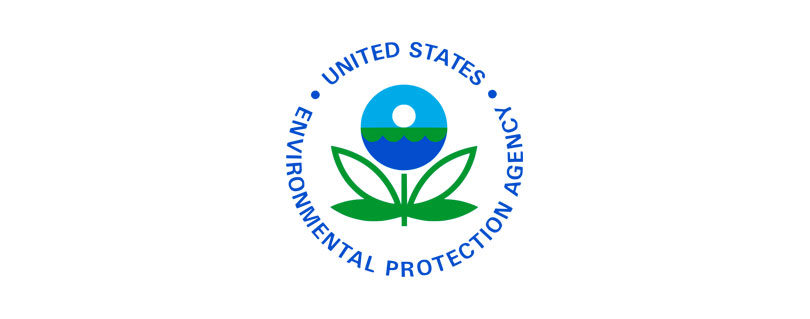“Blue Carbon Reservoirs from Maine to Long Island NY” Report is now available
Publilshed by the U.S. Environmental Protection Agency (EPA)
BOSTON (Aug. 8, 2023) – Today, EPA New England announced the release and availability of a report that maps “blue carbon” along the northeastern coast.
Blue carbon is the term used to describe carbon stored in coastal and marine salt marshes, seagrass, and mangroves. These aquatic habitats are much more efficient at accumulating/sequestering carbon than terrestrial habitats. An acre of forest will have less sequestered carbon in its soil than the equivalent acre of seagrass, salt marsh or mangrove.
“Healthy, growing seagrass and salt marshes are key to pulling carbon out of the atmosphere where we don’t want it, and storing it in vibrant coastal ecosystems, where we do want,” said EPA New England Regional Administrator David W. Cash. “These ecosystems are important nursery habitats for many commercial fish and shellfish species. They are also the first line of defense against coastal flooding, which often impacts disadvantaged communities first and worst. The findings from this effort and resulting map products can help inform land and coastal management policies, fisheries management, and climate change mitigation practices.”
The findings from this effort and resulting map products can help inform land and coastal management policies, fisheries management, and climate change mitigation practices.”
The goal of this effort was to produce a baseline database and map of both vegetated blue carbon habitat acreage and sequestered carbon. Due to data limitations (e.g., sediment core samples are only to a depth of 30 centimeters), the carbon stock estimate represents a mere fraction of the actual quantity of accumulated carbon in these habitats.
- The target geographic area has an estimated 218,222 acres of eelgrass meadows and salt marsh, which are estimated to provide a reservoir of 7,523,568 megagrams of blue carbon. Using the EPA greenhouse gas equivalency calculator, this quantity of stored carbon is equivalent to:
- The emissions from 5,994,024 passenger vehicles driven in one year.
- The burning of 30,521,000,000+ pounds of coal.
- The emissions associated with the energy use of 3,474,000 homes for a year.
- The emissions offset by the operation of 7,498 wind turbines for a year.
- The quantity of carbon accumulated in one year in 32,646,000 acres of upland forest.
Sequestered carbon in New England is predominately from salt marsh habitats, which is a habitat type at great risk due to sea level rise and coastal development.
Background
During the 2017 Conference of New England Governors and Eastern Canadian Premier (pdf) (1.1 MB), the management of “blue carbon resources to preserve and enhance their existing carbon reservoirs” was identified as a possible regional climate change action to mitigate and reduce greenhouse gases.
In June 2020, Region 1 initiated an effort to establish a baseline of New England’s blue carbon inventory. Working with New England state and federal (USGS and USDA) agencies, academic experts, and non-governmental organizations and utilizing a contract with the Northeast Regional Ocean Council (NROC), datasets of New England’s eelgrass meadows and salt marsh habitats (current and historic) and marine soil cores were identified and entered into an interactive map on the Northeast Ocean Data Portal. Soil organic carbon stocks within these marine habitats were also used to calculate blue carbon stocks. The joint effort has been detailed in the “Blue Carbon Reservoirs from Maine to Long Island NY” Report.
Read the full article at: https://www.epa.gov/newsreleases/blue-carbon-reservoirs-maine-long-island-ny-report-now-available




